We work at the interface of
MICROBIAL ECOLOGY. BIOLOGICAL ENGINEERING. BIOINFORMATICS.
Through our work at the interface of microbial ecology, biological engineering and bioinformatics, we chart microbial community structure and function with an eye towards converting basic science insights into biotechnology innovations.
Microbial Ecology
We live in a world dominated by prokaryotic (bacteria and archaea) microorganisms. Prokaryotic microorganisms have evolved to solve complex metabolic problems over approximately 4 billion years of evolution, innovating distributed solutions to nutrient and energy conversion processes that have fundamentally transformed the surface chemistry of the earth and generated a deep reservoir of genetic memory integral to the emergence of multicellular life including our own. High-throughput sequencing and mass spectrometry platforms are now transforming our perception of this microcosmos, illuminating microbial dark matter and conceptually linking microorganisms at the individual, population, and community levels of organization to a wider range of ecosystem functions and services including microbiome interactions in cross-scale health and disease.
The Power of Microbial Cooperation | Steven Hallam
Biological Engineering
Understanding and exploiting the design principles underlying emergent processes in the microcosmos is a problem spanning the central dogma of biology with profound implications for basic science and technology innovation. Through new forms of interdisciplinary research, we can reconstruct signaling and metabolic networks to develop predictive models and monitoring tools, design new therapies, and engineer metabolic pathways in individual hosts and synthetic communities to help solve complex environmental, economic, and health-related challenges.
Bioinformatics
Microbial communities drive matter and energy transformations through distributed networks of metabolite exchange that can be reprogrammed through viral infection. In this light, microorganisms function as information processing units implementing a distributed genetic algorithm manifested in biologically driven redox reactions on a planetary scale. There are an estimated 10^30 bacteria and archaea on the planet encoding over 10^33 individual genes. Navigating this complexity requires the use of diverse scalable computational tools and a deep appreciation for the visual display of scientific information. Learn how we process and interact with information at different levels of biological organization.
Microbial Ecology
We live in a world dominated by prokaryotic (bacteria and archaea) microorganisms. Prokaryotic microorganisms have evolved to solve complex metabolic problems over approximately 4 billion years of evolution, innovating distributed solutions to nutrient and energy conversion processes that have fundamentally transformed the surface chemistry of the earth and generated a deep reservoir of genetic memory integral to the emergence of multicellular life including our own. High-throughput sequencing and mass spectrometry platforms are now transforming our perception of this microcosmos, illuminating microbial dark matter and conceptually linking microorganisms at the individual, population, and community levels of organization to a wider range of ecosystem functions and services including microbiome interactions in cross-scale health and disease.
The Power of Microbial Cooperation | Steven Hallam
Biological Engineering
Understanding and exploiting the design principles underlying emergent processes in the microcosmos is a problem spanning the central dogma of biology with profound implications for basic science and technology innovation. Through new forms of interdisciplinary research, we can reconstruct signaling and metabolic networks to develop predictive models and monitoring tools, design new therapies, and engineer metabolic pathways in individual hosts and synthetic communities to help solve complex environmental, economic, and health-related challenges.
Bioinformatics
Microbial communities drive matter and energy transformations through distributed networks of metabolite exchange that can be reprogrammed through viral infection. In this light, microorganisms function as information processing units implementing a distributed genetic algorithm manifested in biologically driven redox reactions on a planetary scale. There are an estimated 10^30 bacteria and archaea on the planet encoding over 10^33 individual genes. Navigating this complexity requires the use of diverse scalable computational tools and a deep appreciation for the visual display of scientific information. Learn how we process and interact with information at different levels of biological organization.
